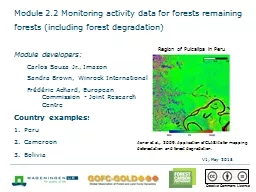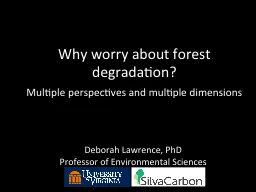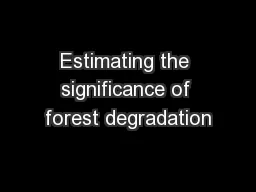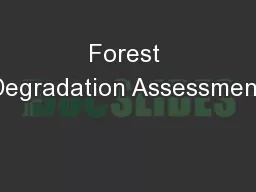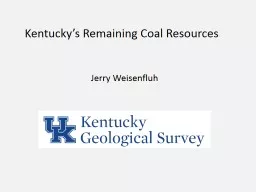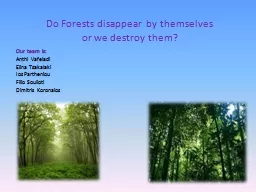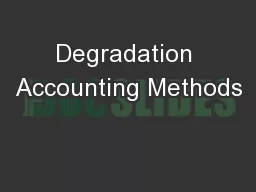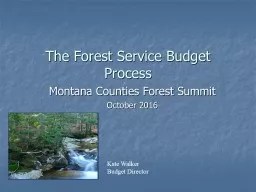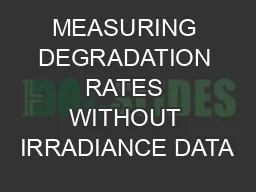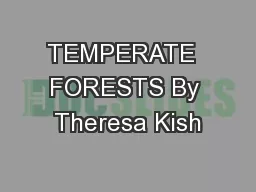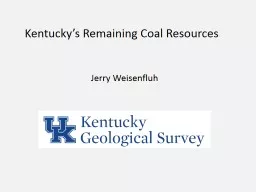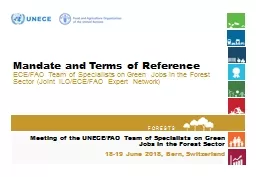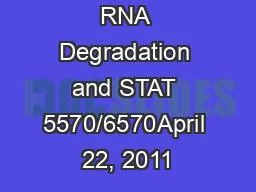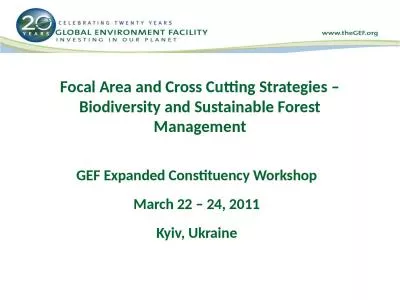PPT-Module 2.2 Monitoring activity data for forests remaining forests (including forest degradation)
Author : jane-oiler | Published Date : 2019-11-22
Module 22 Monitoring activity data for forests remaining forests including forest degradation Module developers Carlos Souza Jr Imazon Sandra Brown Winrock International
Presentation Embed Code
Download Presentation
Download Presentation The PPT/PDF document "Module 2.2 Monitoring activity data for..." is the property of its rightful owner. Permission is granted to download and print the materials on this website for personal, non-commercial use only, and to display it on your personal computer provided you do not modify the materials and that you retain all copyright notices contained in the materials. By downloading content from our website, you accept the terms of this agreement.
Module 2.2 Monitoring activity data for forests remaining forests (including forest degradation): Transcript
Download Rules Of Document
"Module 2.2 Monitoring activity data for forests remaining forests (including forest degradation)"The content belongs to its owner. You may download and print it for personal use, without modification, and keep all copyright notices. By downloading, you agree to these terms.
Related Documents

